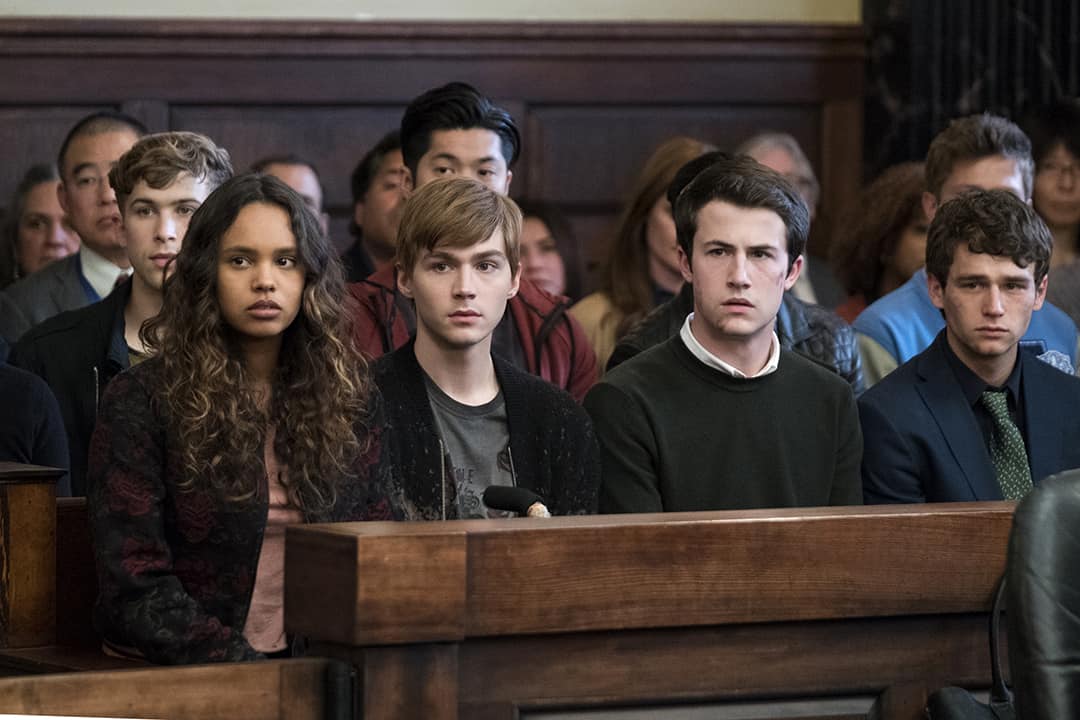Content warning: discussions of depression and suicide.
The release of Netflix’s 13 Reasons Why has been severely criticized by mental health advocates for potentially harmful depictions of mental illness and suicide, which they say could lead to higher suicide risk among viewers.
These warnings were substantiated by a recent U of T-affiliated study published in JAMA Psychiatry that correlated the release of the series to an uptick in youth suicides in the United States over the three-month period following its release on March 31, 2017.
Results of the study
The study found that the number of reported deaths by suicide among 10 to 19-year-olds in the United States was 13 per cent higher than projected based on a “time series analysis” which took into account pre-existing trends. This is the equivalent of 94 more deaths than expected.
This sudden and significant increase in suicides was observed only in youth, and most prominently in young women, wrote co-author Dr. Mark Sinyor, Assistant Professor at U of T’s Department of Psychiatry, to The Varsity.
[pullquote]“The first season of 13 Reasons Why failed to show that suicide most commonly arises from a treatable mental illness,” wrote Sinyor.[/pullquote]
“[Our research team] can’t definitively prove that the show caused the rise, but this is precisely what we anticipated we would see if the show was causing harm,” he wrote.
To Sinyor, the results of the study are not surprising.
“This was an unfortunate yet predictable outcome,” he wrote, “because past scientific research has repeatedly established that media dissemination of the kind of content depicted in the show can lead to increased suicide rates.”
Sinyor noted that the series has violated guidelines recommended by mental health experts to media producers intended to avoid irresponsible suicide portrayal.
“The first season of 13 Reasons Why failed to show that suicide most commonly arises from a treatable mental illness,” wrote Sinyor.
“It romanticized the suicide, depicted suicide methods, presented the suicide as inevitable, and even [achieved] positive results in that it appeared to punish those who had hurt the show’s protagonist. It also presented the school’s mental health expert as incompetent.”
“There’s no single reason people take their own lives,” says Netflix
Netflix responded to The Varsity’s inquiry concerning the study.
“Experts agree that there’s no single reason people take their own lives — and that rates for teenagers [dying by suicide] have tragically been increasing for years,” Netflix wrote. “These two studies raise important issues but directly conflict with each other, even though they’re based on the same US government data.”
After inquiring about the second study referenced in Netflix’s reply, which supposedly conflicts with Sinyor’s findings, The Varsity did not receive a response.
“And they don’t explain the increases [in suicides] for girls in November 2016 and boys in March 2017 — before the show had launched,” continued Netflix.
“13 Reasons Why tackles the uncomfortable reality of life for many young people today and we’ve heard from them, as well as medical experts, that it gave many viewers the courage to speak up and get help.”
To follow up, The Varsity also requested the names of medical experts who have said this to be the case. Netflix did not respond to The Varsity’s request for comment.
Remedies to the potential impact of media involving suicide
To ensure that the entertainment industry observes best practices with the influence it can have on the public, Sinyor urged for greater collaboration between the industry and suicide prevention experts.
He further underscored the importance of sharing messages of hope and distributing information on ways in which to seek help in order to decrease the number of deaths by suicide.
“The overwhelming majority of young people who think about suicide do not die by suicide and even those youth suicides that do occur should always be viewed as preventable tragedies,” he wrote. “That is the message that we need to disseminate.”
“The key is to find and present identifiable stories of resilience rather than stories of deaths. As only one example, J.K. Rowling has said in the popular press that she was depressed and suicidal and sought therapy which she credits with helping her overcome those feelings.”
“There are many other such stories in both celebrities and non-celebrities and we need to encourage the media to help us spread them in addition to crisis resources such as the new national crisis line in Canada.”
If you or someone you know is in distress, you can call:
- Canada Suicide Prevention Service phone available 24/7 at 1-833-456-4566
- Good 2 Talk Student Helpline at 1-866-925-5454
- Ontario Mental Health Helpline at 1-866-531-2600
- Gerstein Centre Crisis Line at 416-929-5200
- U of T Health & Wellness Centre at 416-978-8030.
Warning signs of suicide include:
- Talking about wanting to die
- Looking for a way to kill oneself
- Talking about feeling hopeless or having no purpose
- Talking about feeling trapped or being in unbearable pain
- Talking about being a burden to others
- Increasing use of alcohol or drugs
- Acting anxious, agitated, or recklessly
- Sleeping too little or too much
- Withdrawing or feeling isolated
- Showing rage or talking about seeking revenge
- Displaying extreme mood swings
The more of these signs a person shows, the greater the risk. If you suspect someone you know may be contemplating suicide, you should talk to them, according to the Canadian Association for Suicide Prevention.


